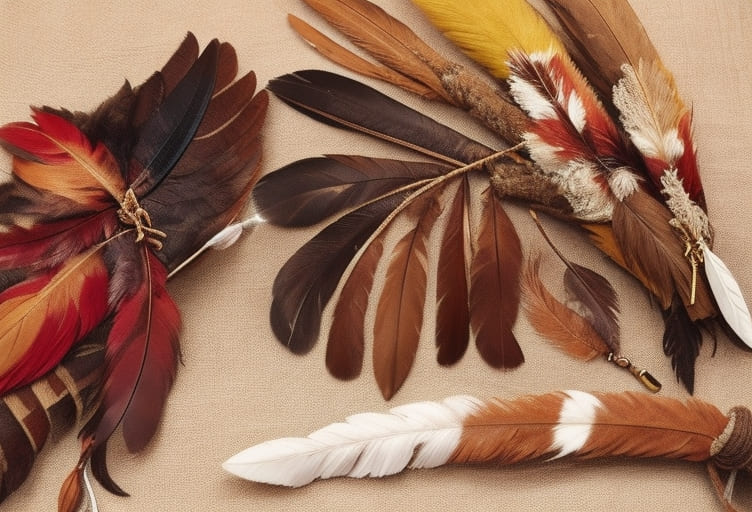Cultural Influence on Traditional Art and Crafts

Traditional art and crafts have played a fundamental role in preserving and transmitting cultures throughout history. Each society, on its unique journey, has developed techniques, styles and traditions that are reflected in its artistic creations. In this article, we will explore the cultural influence on traditional art and crafts, highlighting how these forms of expression are shaped by unique cultural identities around the world.
Traditional Art and Crafts: A Window into Culture
The pillars of cultural identity
Traditional art and crafts are often considered to reflect a society's cultural identities. These creative manifestations not only express a people's aesthetic vision, but also embody their beliefs, values and histories. Therefore, by exploring the traditional crafts and art of a particular region, we are invited on a journey that reveals the pillars of its cultural identity.
The Diversity of Cultural Influences
A mosaic of traditions
One of the most fascinating characteristics of traditional art and crafts is their diversity. Each culture brings a unique wealth of cultural influences that intertwine to create distinct works. Whether it's intricate Persian tapestries, Chinese ceramics or colorful Mexican weavings, the diversity of cultural influences is a testament to the richness of the human experience.
Techniques and Materials Reflect Culture
The connection between material and culture
The techniques and materials used in traditional crafts are often deeply rooted in the culture of origin. For example, Native American tribes often use natural materials, such as leather and feathers, to create objects of spiritual significance. Meanwhile, in Japanese tradition, the use of washi paper and sumi-e ink pays homage to the harmony and simplicity of Japanese culture.
The Evolution of Art and Crafts with Globalization
Modern influences
With globalization and cultural interconnection, traditional art and crafts have also evolved. We often see a fusion of traditional and contemporary influences in works of art and crafts. For example, indigenous artists can incorporate modern elements into their creations without losing the essence of their cultural traditions.
The Importance of Cultural Preservation
Safeguarding the heritage
Preserving traditional art and crafts is fundamental to protecting a society's cultural heritage. Artistic traditions are often passed down from generation to generation, and it is essential to ensure that these practices are not lost to the course of history. Cultural preservation initiatives play a vital role in this safeguard.
Celebrating Cultural Diversity through Traditional Art and Crafts
Traditional art and crafts are a celebration of the richness and diversity of cultures around the world. Each artistic piece carries with it not only aesthetic beauty, but also the history, values and beliefs of a society. It is essential to recognize the cultural influence on traditional art and crafts, as this allows us to appreciate the unique heritage of each culture and better understand the complexity of the human experience. Therefore, by valuing and preserving these traditions, we contribute to the celebration of cultural diversity and the continuity of the stories they tell.